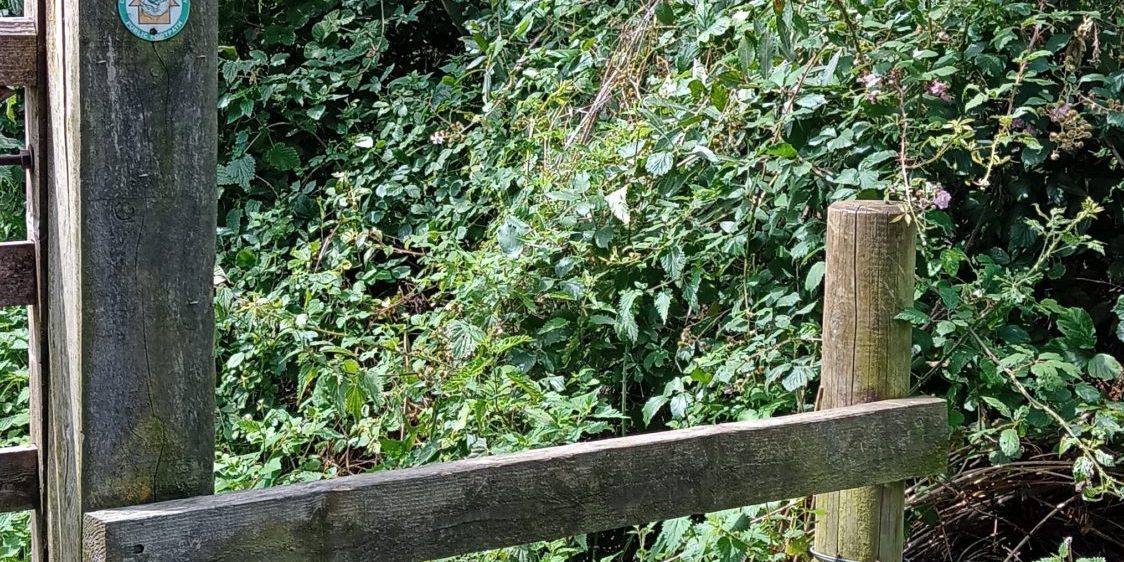Improving access to the Oxford Green Belt Way

31st August 2023
One of the stiles due to be replaced at Toot Baldon
CPRE Oxfordshire is delighted to announce that work will begin to replace stiles with accessible gates on the Oxford Green Belt Way, at Toot Baldon, Nuneham Courtenay, Cumnor and Wytham. The Countryside Charity are working in partnership with Oxfordshire County Council who will be overseeing the contractors undertaking the work.
CPRE Oxfordshire received a grant from the Trust for Oxfordshire’s Environment (TOE) with funding from Grundon.
Helen Marshall, Director CPRE Oxfordshire, said:
‘The Oxford Green Belt is the countryside next door to the city and surrounding villages. We know that spending time outside improves mental and physical health, the grant from TOE will allow us to improve access and we hope more people will be encouraged to explore this part of the route.’
Ben Heaven Taylor, TOE’s CEO, said:
‘Everyone at TOE is delighted to have funded this project which is the type of initiative we love to support. We know grants from TOE make all the difference to grass-roots projects which might not otherwise happen and we’re proud to be part of this.’
Cllr Andrew Gant, Oxfordshire County Council’s Cabinet Member for Highway Management, said:
‘We are really pleased to have been able to work in partnership with the CPRE on this project to improve access along the Green Belt Way. As well as enhancing the experience for people walking the long distance trail it will also benefit communities who use their local routes on a daily basis. We look forward to seeing the works completed on the ground.’
The Oxford Green Belt Way is a fifty-mile circular route exploring the countryside around Oxford, created by CPRE Oxfordshire in 2007 to highlight the importance of the Green Belt. The route offers amazing views of Oxford’s ‘dreaming spires’, passes through historic villages and stunning countryside such as Foxcombe Hill, Otmoor and Wytham Woods.
The Oxford Green Belt is a designated open space benefiting the lives of people living in the city and the countryside. It preserves Oxford’s special character and setting; prevents urban sprawl and the merging of settlements while encouraging urban regeneration and protecting the countryside from development.

